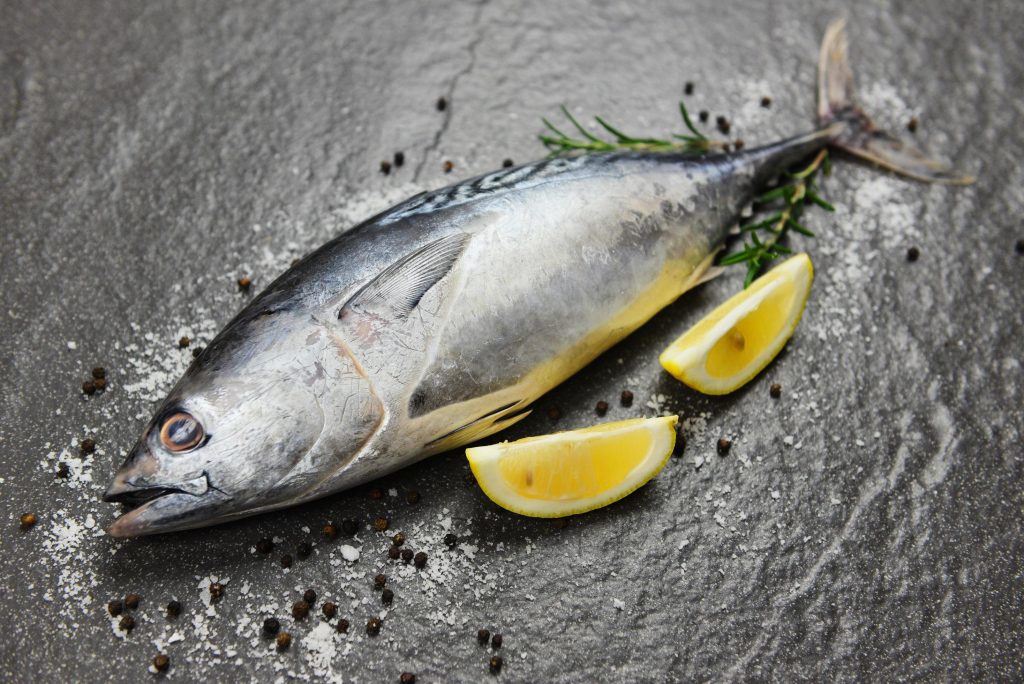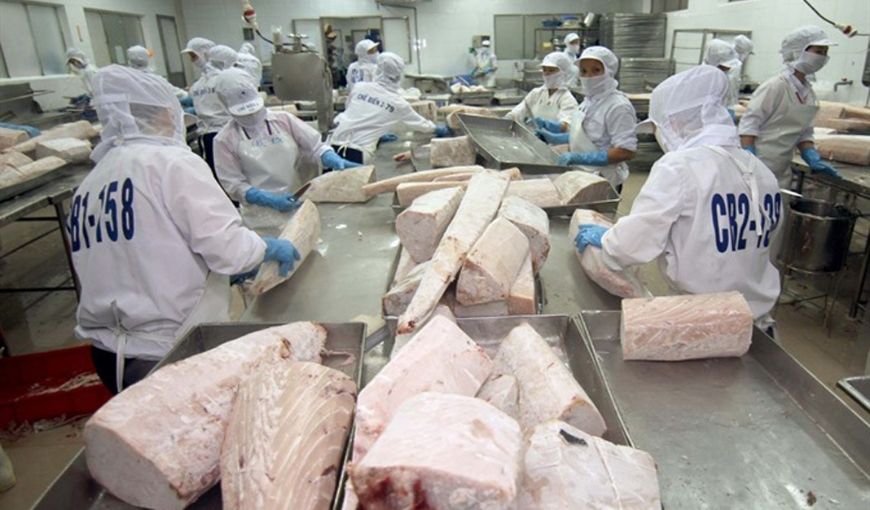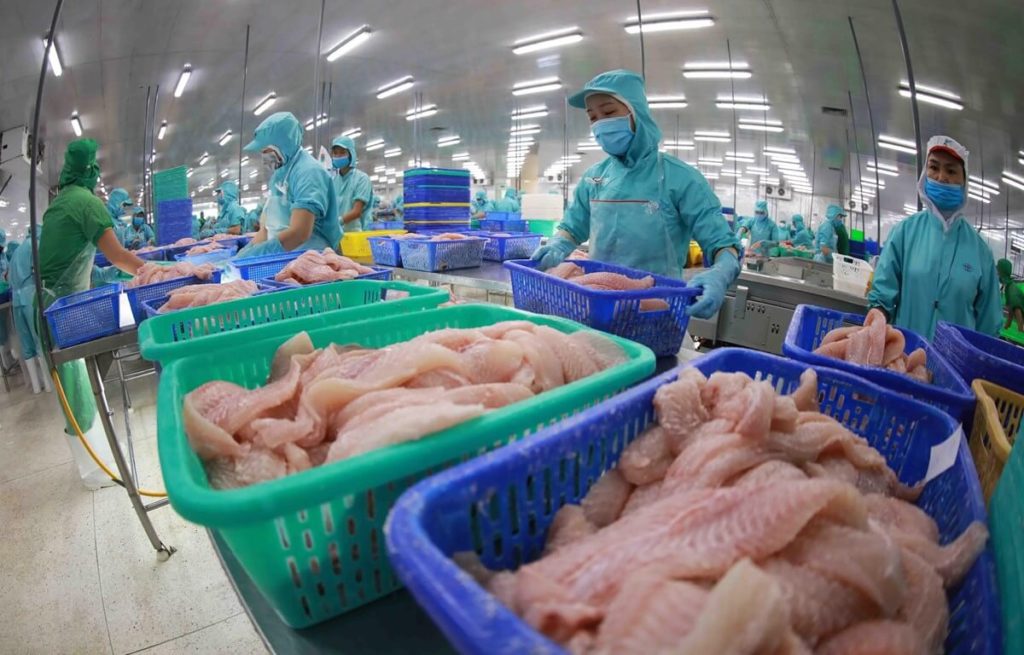Contemporary tuna fishing is a popular occupation of fishermen in the South Central provinces, from Binh Dinh to Binh Thuan. And Japan is a market that consumes a lot of tuna, for processing fresh dishes such as sashimi, sushi. However, so far, Vietnamese tuna has not penetrated the Japanese market. Why? Let’s find out with BNT Machinery in this article.
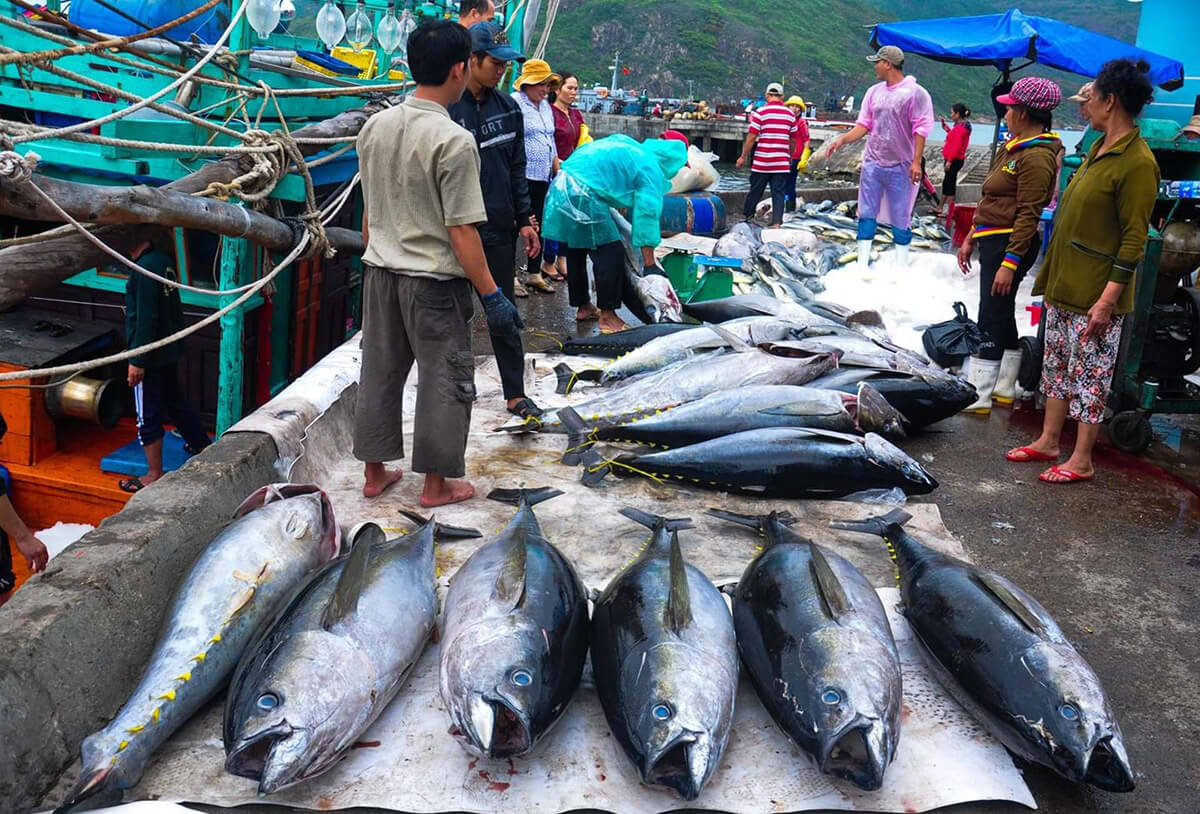
According to information from the Directorate of Fisheries of the Ministry of Agriculture and Rural Development (MARD) recently, Vietnam has brought 4 tuna to Japan for sale in the form of whole fish to make sashimi dishes, and sushi…but 3 of them are not of good quality, and 1 can only get 50% of the meat.
Therefore, instead of selling for US$30/kg to make fresh seafood dishes, the above fish was only purchased for canning at US$3/kg, 9 times lower than expected. This is clear evidence that, if there are measures to improve fish quality, fishermen and traders will increase their income and profits many times.
Pham Ngoc Tuan, Deputy Director of the Department of Exploitation and Protection of Fisheries Resources, Ministry of Agriculture and Rural Development, said that there are about 3,500 tuna fishing boats nationwide, employing about 35,000 fishermen. In 2013, fishermen caught nearly 16,000 tons of bigeye yellowfin tuna. These fish are only used for canning, drying, and making fish cakes… only a very small number of the whole tuna are qualified to process fresh dishes for export to the Japanese market, while the demand for consumption The fresh tuna in this market is huge.
> > > Learn more: Famous tuna fishing village in Vietnam
There are many reasons why Vietnam’s ocean tuna products do not meet the quality standards and do not meet the standards of the consumer market, from both traders and fishermen. According to the Department of Exploitation and Protection of Fisheries Resources, agents who buy tuna from fishermen have almost no basic understanding of fish preservation after catching, often choosing the time to buy fish near midday, leaving the fish to rest. on the ground… reduces the quality of the fish.
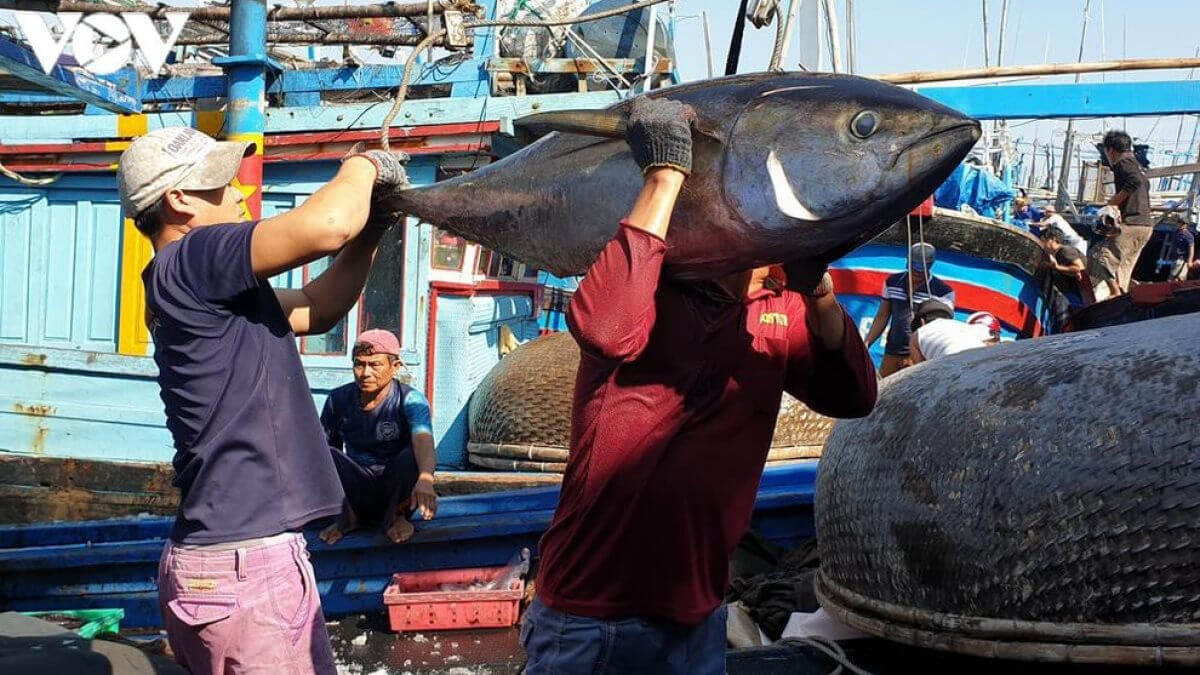
“It must also be added that one of the reasons why fishermen are not interested in preserving products is partly because dealers only buy buckets – buy the same price for both fresh and rotten fish – without sorting the fish. to buy at different prices,” Mr. Tuan said.
Like inshore fishermen, tuna fisherman mainly uses wooden-hulled vessels, the fish cellar does not guarantee the temperature, mainly only marinates fish with ice but even ice is not satisfactory. demand (because there is a source of water that makes the ice contaminated with alum) reduces the quality of fish meat.
In general, the number of tuna that meet the conditions for export of whole fish only accounts for about 5-6% of the tuna caught, wasting a significant resource.
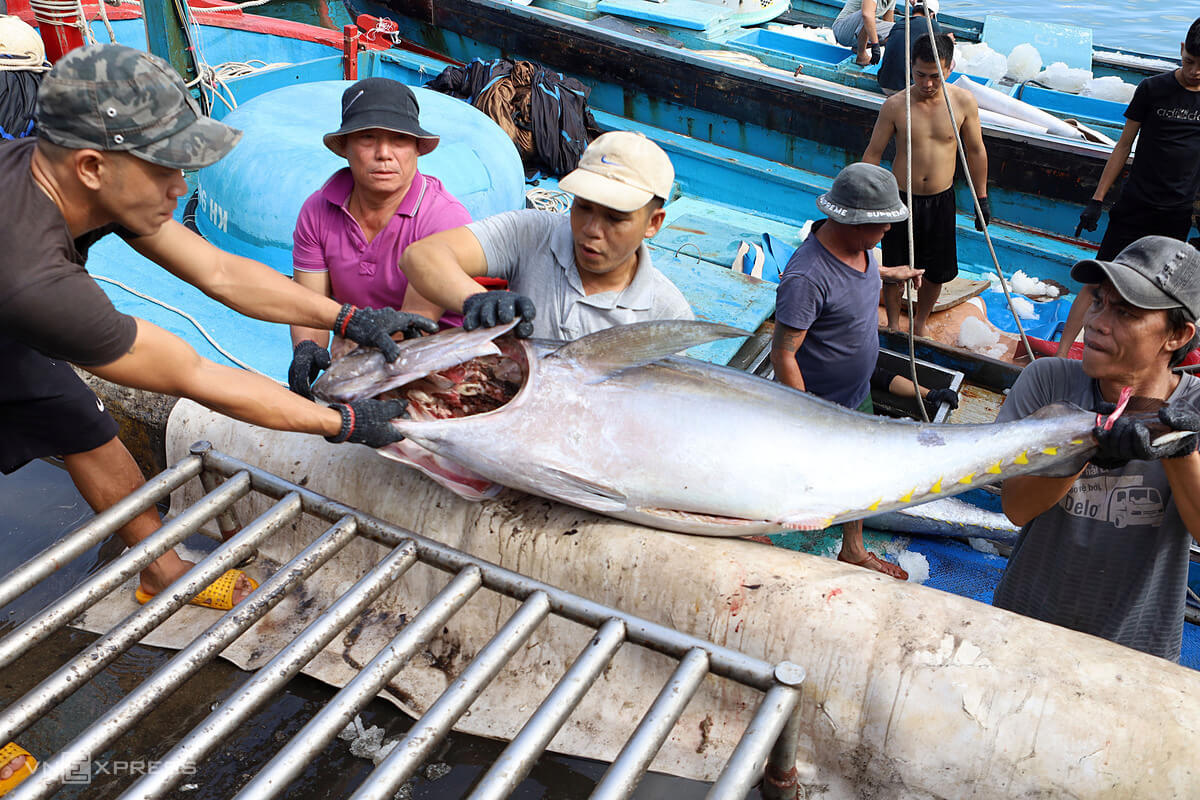
Dr. Arata Izawa, tuna expert of Yanmar Company, Japan further explained why Vietnamese tuna can’t make sushi or other fresh dishes because when catching ocean tuna, Fishermen use the wooden pestle to kill fish, this method causes fish to thrash, increasing biochemical metabolism, leading to reduced quality of tuna meat, then, no matter how well the fisherman keeps it, the quality will fish is still decreasing.
As for Japanese fishermen, when they catch fish, the first thing is to make the tuna “calm” and not to struggle hard before putting it on the boat. Then they poke the head with a knife to kill the fish quickly or put the live tuna in the cellar to lower the temperature to keep the fish fresh. In that way, the quality of tuna of Japanese fishermen always meets the standards for processing fresh dishes and of course, the price of fish is also many times higher than the price of low-quality fish sold to other retailers. canning factory.
Yanmar Company is currently a partner of the Ministry of Agriculture and Rural Development in the project to improve the production value chain for the Vietnamese tuna industry.
Contact information:
Address: No. 233, 23/10 Phuong Son Ward, Nha Trang City, Khanh Hoa
Hotline: 0905 361 004
Email: bntbaonam@gmail.com
Website: bnt-machinery.com
Fanpage: BNT Machinery

